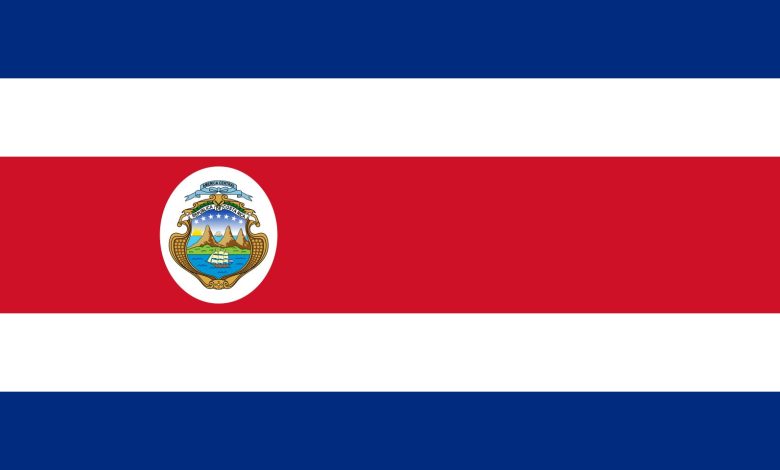Introduction And History of Costa Rica: Unveiling a Tropical Paradise

Introduction to Costa Rica
Costa Rica is a small country in Central America. It is known for its beautiful landscapes and friendly people. The country is famous for its rainforests, beaches, and wildlife.
The capital city of Costa Rica is San José. The country has a population of about five million people. Spanish is the official language, and the local currency is the Costa Rican colón.
Costa Rica is a peaceful nation. It has no army since 1949. The country focuses on education and environmental conservation. This makes it a unique and special place to visit.
The Early History of Costa Rica
The history of Costa Rica dates back thousands of years. Indigenous people lived in the area long before Europeans arrived. These native people had their own cultures and traditions.
In 1502, Christopher Columbus arrived on the coast of Costa Rica. He was the first European to visit the area. The Spanish began to explore and settle the region soon after.
In the 1560s, the Spanish established the first permanent settlements. They built towns and farms. The indigenous people were forced to work for the Spanish settlers. Many suffered and died due to diseases and harsh conditions.

Credit: newworldtropical.com
The Colonial Period
During the colonial period, Costa Rica was part of the Spanish Empire. It was governed from Guatemala, which was the capital of Central America at the time.
Costa Rica was a remote and poor region. The settlers focused on farming and small-scale trade. They grew crops like tobacco, cacao, and sugarcane.
Life was hard for the early settlers. They faced challenges from the rugged terrain and tropical diseases. However, they persevered and built a new society.
Independence and the 19th Century
In 1821, Costa Rica gained independence from Spain. This happened after a long struggle for freedom in Central America. The country joined the Central American Federation, but this did not last long.
By 1838, Costa Rica became a fully independent nation. The country began to develop its own identity and government. In the mid-1800s, coffee became an important crop. It helped the economy grow and brought wealth to the country.
During this period, Costa Rica experienced political changes. Leaders worked to build a stable and democratic society. Education and infrastructure were important priorities.
The 20th Century and Modern Times
The 20th century brought significant changes to Costa Rica. In 1948, a civil war broke out. It lasted for 44 days and resulted in many deaths.
After the war, a new constitution was adopted in 1949. This marked the beginning of a new era. The constitution abolished the military and guaranteed free and fair elections.
Since then, Costa Rica has enjoyed peace and stability. The country has focused on education, healthcare, and environmental protection. Tourism has become an important industry, attracting visitors from all over the world.

Credit: www.britannica.com
Key Historical Events in Costa Rica
| Year | Event |
|---|---|
| 1502 | Christopher Columbus arrives in Costa Rica. |
| 1560s | First permanent Spanish settlements established. |
| 1821 | Costa Rica gains independence from Spain. |
| 1838 | Costa Rica becomes a fully independent nation. |
| 1948 | Civil war breaks out in Costa Rica. |
| 1949 | New constitution adopted, abolishing the military. |
Costa Rican Culture and Traditions
Costa Rican culture is rich and diverse. The people are known for their friendliness and hospitality. Family is very important in Costa Rican society.
The country has many festivals and celebrations. One of the most famous is the “Fiestas de Zapote.” This event features bullfighting, music, and dancing.
Traditional Costa Rican food is delicious. Some popular dishes include “gallo pinto” (rice and beans) and “casado” (a meal with rice, beans, meat, and salad).
Soccer is the most popular sport in Costa Rica. People love to watch and play the game. The national team, “La Sele,” is very important to the country.
Frequently Asked Questions
What Is The Origin Of Costa Rica?
Costa Rica was discovered by Christopher Columbus in 1502.
When Did Costa Rica Gain Independence?
Costa Rica gained independence from Spain on September 15, 1821.
Why Is Costa Rica Called “rich Coast”?
The name “Costa Rica” means “Rich Coast” in Spanish, due to its presumed wealth of natural resources.
What Is The Capital Of Costa Rica?
San José is the capital city of Costa Rica.
Conclusion
Costa Rica is a beautiful and unique country. Its history is full of interesting events and stories. From its indigenous roots to its modern-day achievements, Costa Rica has come a long way.
The country’s focus on peace, education, and the environment sets it apart. Costa Rica is a wonderful place to visit and learn about. Its rich culture and friendly people make it a special destination.




